The full name of PLC is the English abbreviation for Programmable Logic Controller, which is referred to as “可程器” in Taiwan. According to its name, its main function is to implement logical control in industry. Early automation was divided into industrial electrical automation, automatic control automation, and production process automation. Only industrial automation required studying the PLC course, which shows that PLC is particularly focused on applications in electrical control systems.
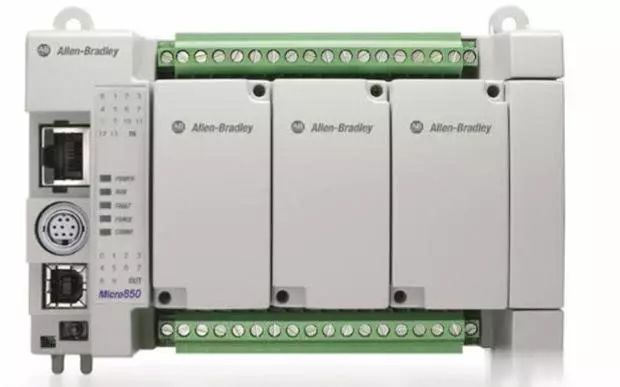
The original intention of the invention of PLC was to replace relays for controlling logic.
In the past, when there were no PLCs or when PLCs were relatively expensive, logical control was mainly accomplished using relays and contactors. A relay or contactor consists of a coil and several normally open or normally closed contacts, utilizing the self-holding and interlocking between the coil and contacts to combine various complex industrial control logic. For instance, in machine tool control, to start the motor in both forward and reverse directions, to achieve coordination between various axes, to start the cooling liquid circulation pump, and to switch the driver on and off, a large number of relays were required. Logic is divided into combinational logic and sequential logic; while relays can easily implement combinational logic, implementing sequential logic is somewhat challenging, as time relays are relatively crude.
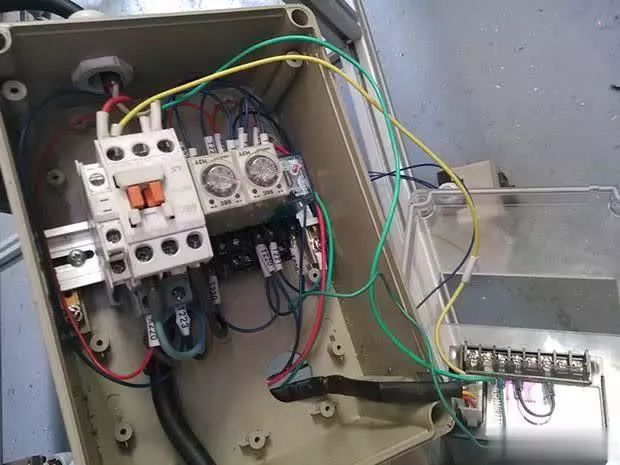
Due to the large size of relays and contactors, when logic became more complex, designing systems became quite cumbersome, requiring consideration of many circuit loops, and a small mistake could lead to errors; installation was also troublesome, needing large electrical cabinets, and layout was not easy; debugging was a painful task, as modifying circuits could be fatal, with wiring errors occurring easily; maintenance was even more concerning, with many wires making it dizzying, and relays have a certain service life, leading to issues like poor contact for maintenance electricians.
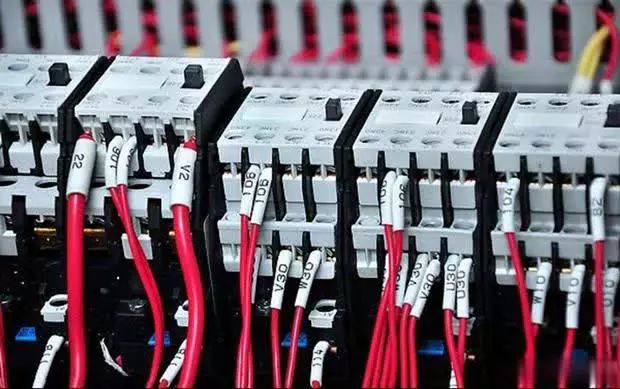
With the development of electronic technology, single-board computers emerged, and later people attempted to use single-board computers to replace relay circuits. The result was that complex logic could be integrated onto a single board to meet functional requirements. Thus, industrial electrical systems can implement more complex logical control, are smaller in size, and are much easier to maintain than relays. However, single-board computers had reliability issues; industrial environments require strong anti-interference capabilities, and dust and vibration can be severe, plus programming was done in assembly language, which most electricians could not learn. After the advent of microcontrollers, the functions of single-board computers were basically integrated into a single chip, leading a company called Modicon to design the PLC product, which took into account the requirements of industrial environments, ensuring stable and reliable processing. The software was designed according to the thinking habits of electricians, creating a ladder diagram programming system similar to traditional relay circuits, allowing for “soft” modifications of logic circuits through computer “wiring”.
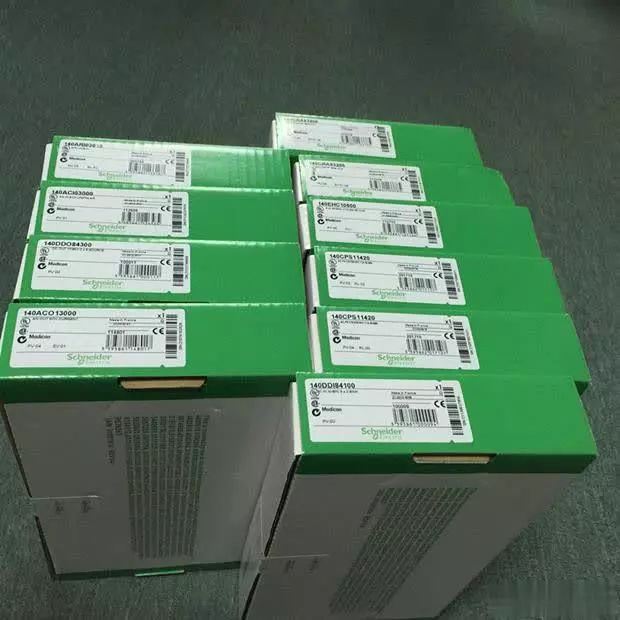
Moreover, PLCs are designed with counters and timers, avoiding the cumbersome physical timers and time relays, making it very quick and convenient to modify counting and timing values, achieving very precise sequential logic control that was difficult to implement with traditional relays. Some bosses even worry about clients not paying, so they use a calendar to set a clock that will automatically stop certain functions at a specific date and time.
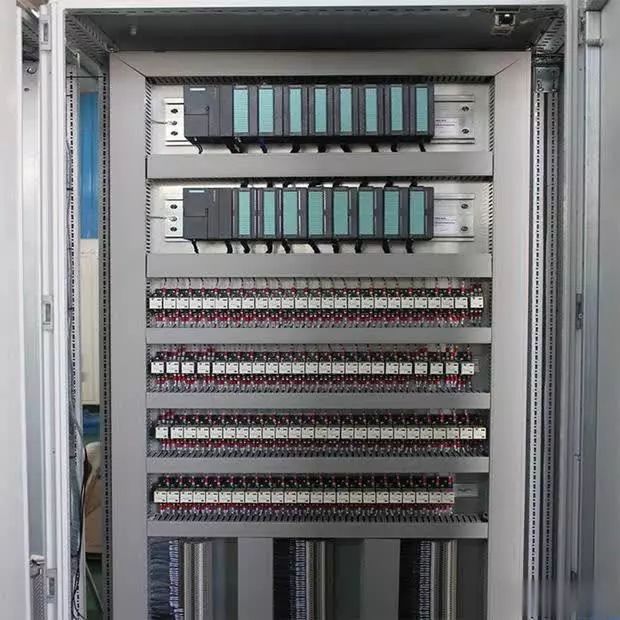
In the field of industrial control, any device that requires logical control can use PLCs. For example, in metallurgy, plastics, woodworking, water treatment, chemicals, petroleum, building materials, electricity, home appliances, etc. Almost every field that has automation equipment will use PLCs, and some civil fields, such as security, transportation, and smart homes, will also use PLCs. PLCs enhance data processing and communication, essentially functioning like a small computer.
Early PLCs could only perform logical control, but with the rapid development of chips and electronic technology, PLCs have added analog processing capabilities, allowing for direct reading of sensor analog data. This can be used for data collection and monitoring, and if this data is used to control devices like frequency converters, closed-loop control objectives can also be achieved.
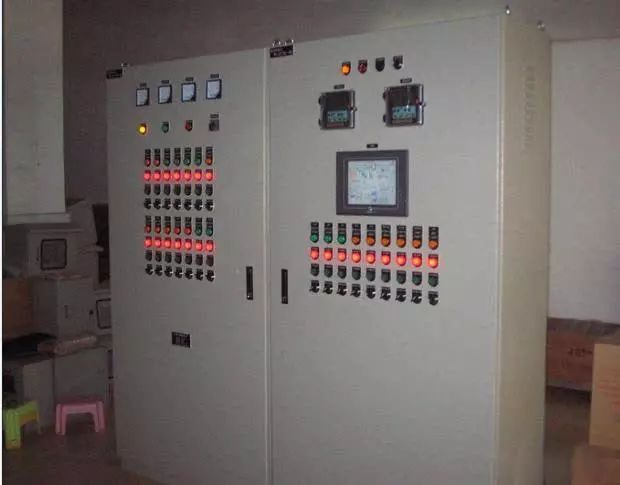
PLCs have also added high-speed counting functions to measure parameters like length, and they also have high-speed pulse outputs that can be used to control servo and stepper motors for positioning.
With faster computation speeds, PLCs can also have custom PID or fuzzy algorithm functions programmed within them for complex loop control, and some PLCs even come with built-in PID modules that can be directly called.
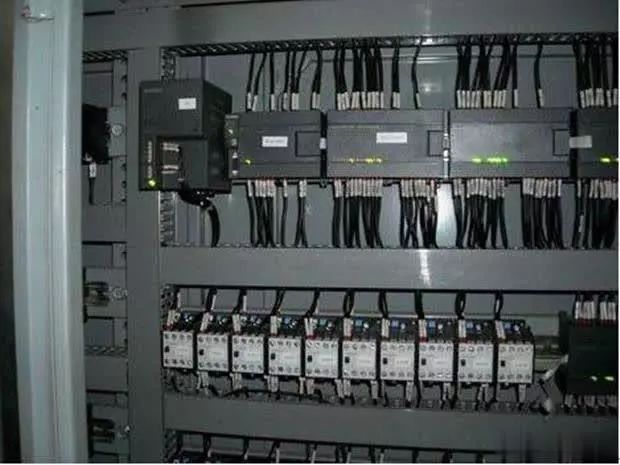
PLCs also integrate various communication interfaces such as 485, 232, and RJ45, enabling communication and networking with devices such as frequency converters, touch screens, temperature control modules, and industrial computers.
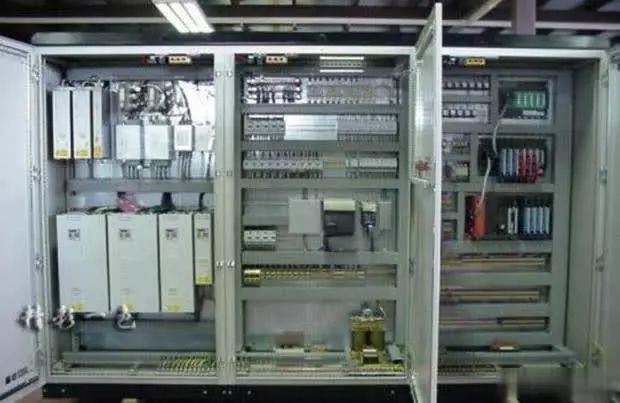
With these added functionalities, PLCs have replaced many controllers in process control fields. A PLC can easily achieve certain functions of traditional controllers by adding a functional module, and some large PLCs can perform functions not much inferior to DCS systems.
(Source: The Internet, copyright belongs to the original author)
You May Also Like
◆ Six Major Application Functions of PLC in Industrial Control
◆ Have DCS and PLC been in conflict for years? Have industrial control professionals figured it out?
Share · Win-Win
The electrical circle, a circle with attitude
